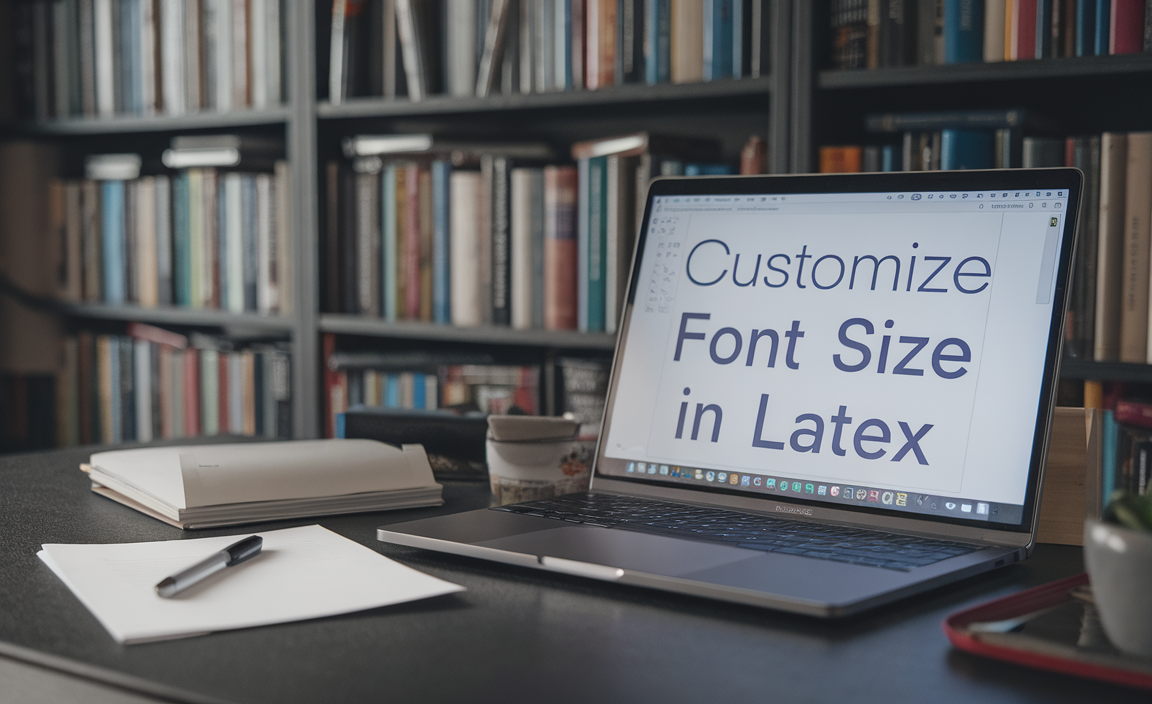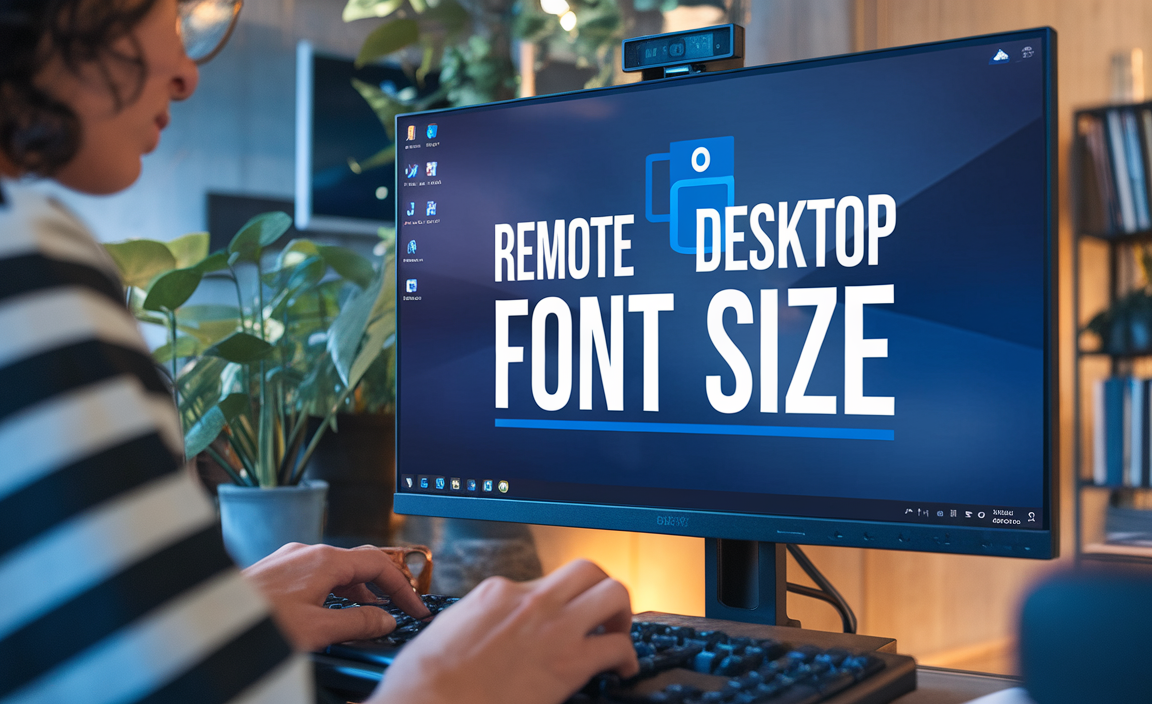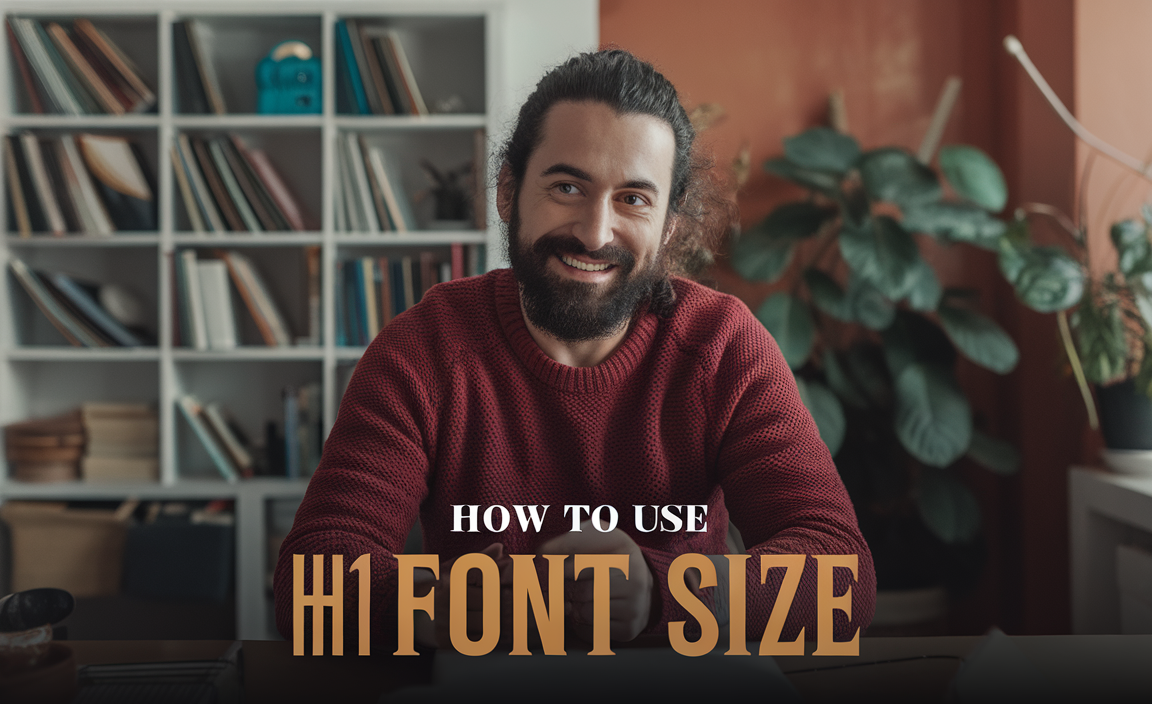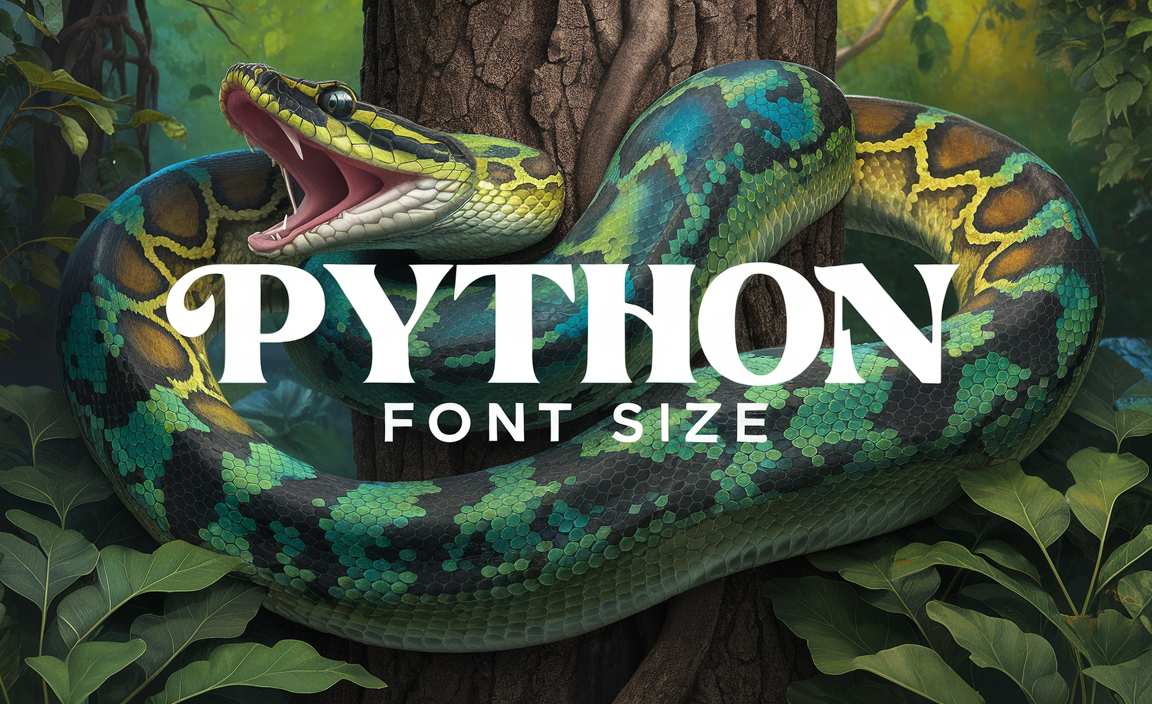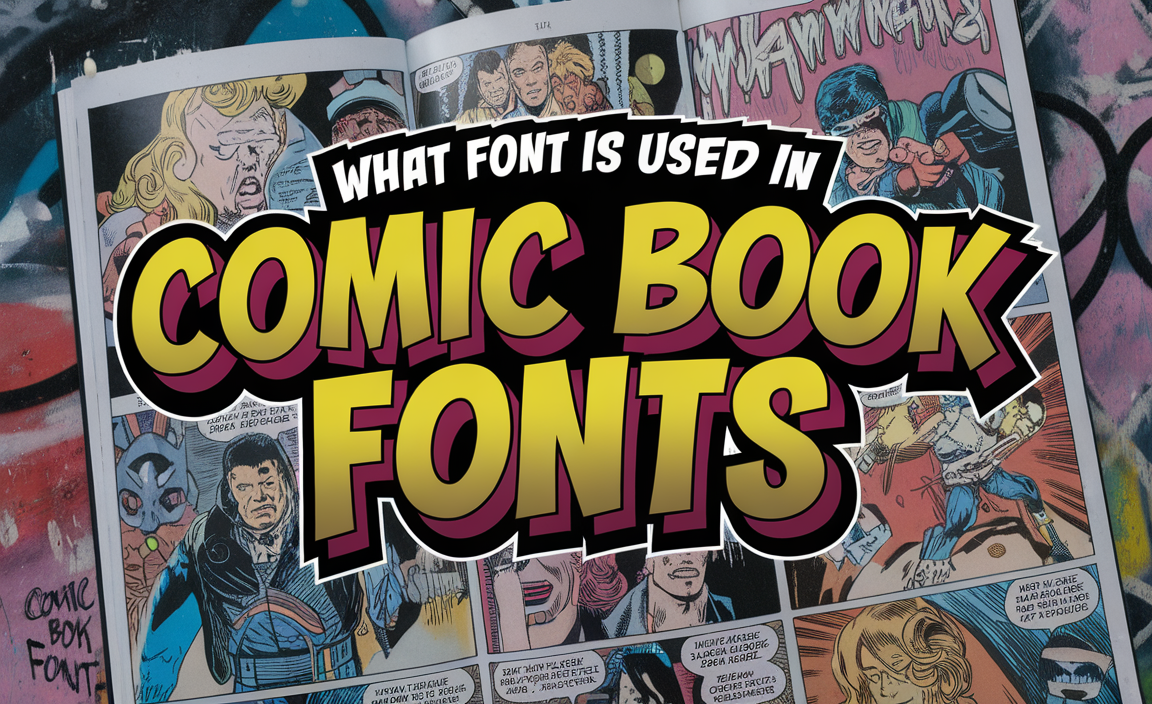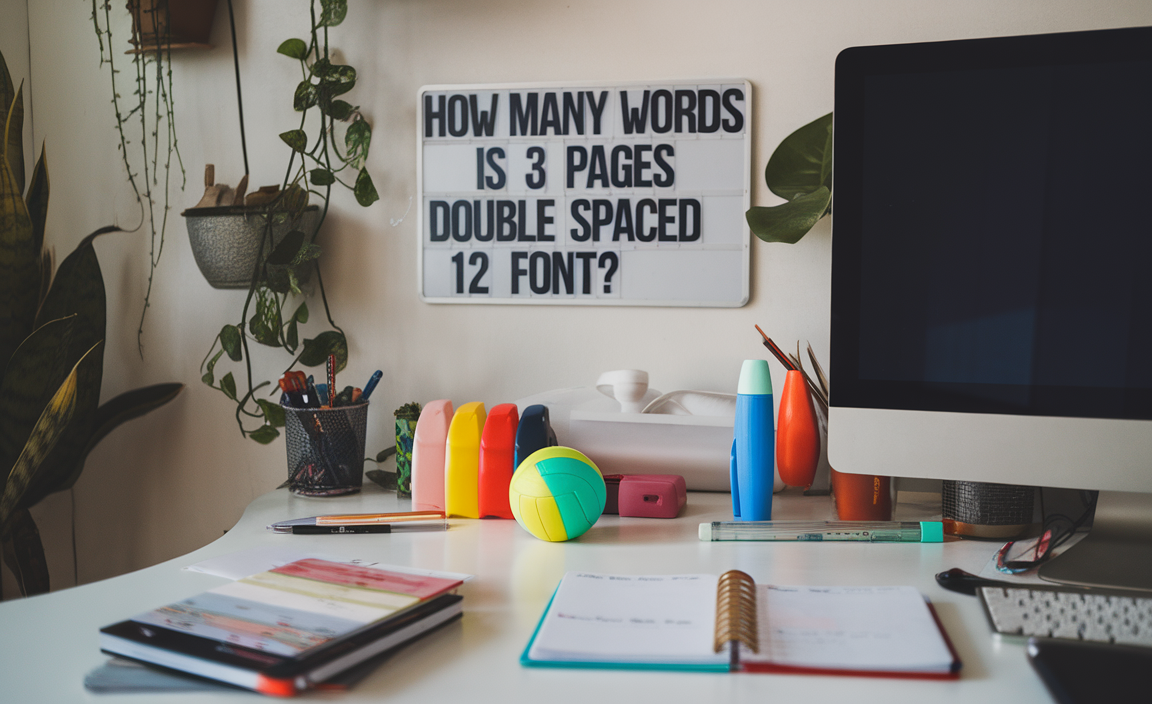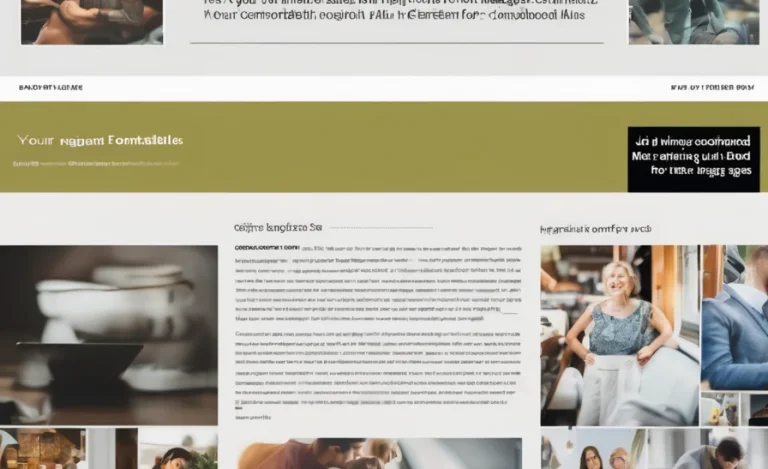Typography plays a crucial role in print and digital media. Whether you’re designing for digital printing, creating a PDF file, or working with fine print, understanding the smallest text size for print is essential for readability and aesthetics.
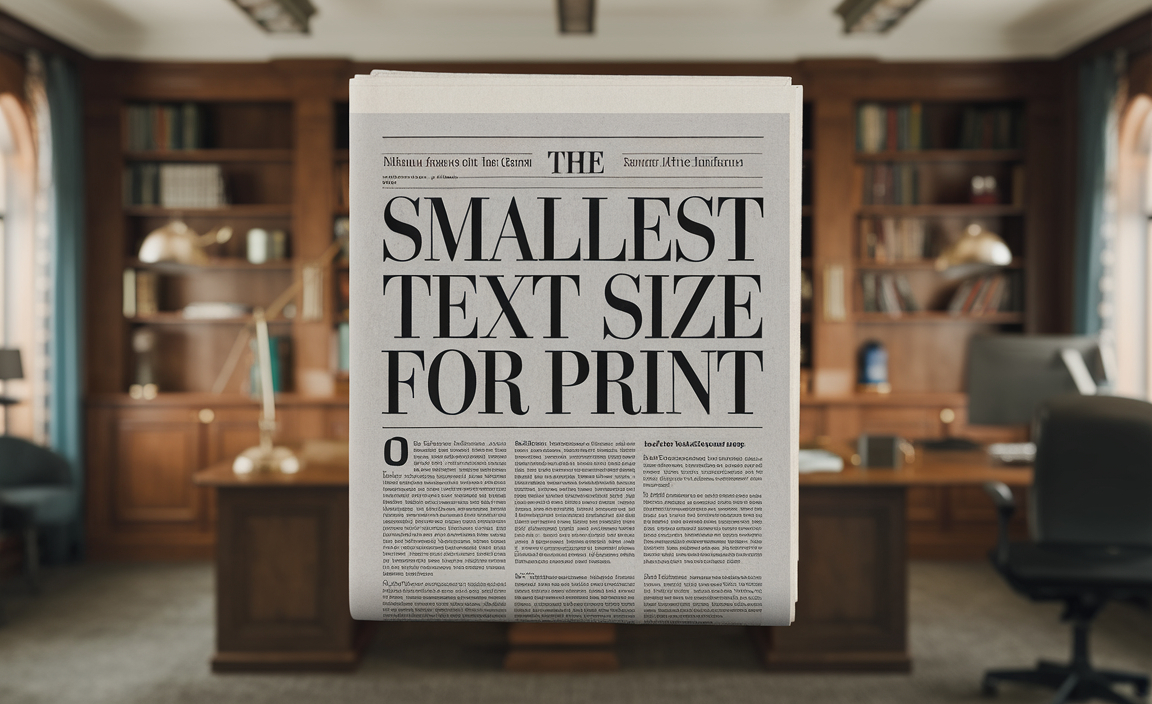
Understanding the Smallest Font Size for Print
The smallest font size that can be used for print while maintaining readability varies depending on the typeface, font style, and magnification options available. Typically, the minimum font size for standard print materials is around 6 pt for footnotes and fine print, while 12 pt is considered normal text for body content. Choosing the right font size ensures that text remains legible across different screen sizes and viewport sizes.
Factors Affecting Smallest Text Size
Several factors influence the smallest font size that can be used in print, including:
- Typeface: Serif fonts, such as Times New Roman, offer better readability at smaller sizes compared to sans-serif fonts.
- Font Style: Bold or italic styles can enhance readability of smaller text elements.
- Text Size vs. Point Size: Point size determines font height, with smaller font sizes requiring higher magnification for readability.
- Screen vs. Print: Digital printing often allows for finer details compared to screen display limitations.
- Readability: Different fonts have varying legibility, especially in smaller sizes.
Smallest Text Size Considerations for Print
1. Choosing the Right Font
Selecting a suitable typeface is crucial. Some of the best fonts for small text include:
- Serif Fonts: Times New Roman, Garamond
- Sans-Serif Fonts: Arial, Helvetica
- Pixel Fonts: Smallest Pixel-7 for ultra-compact designs
2. Optimal Font Sizes
- Footnotes: 6-8 pt
- Body Text: 10-12 pt (standard)
- Headers: 14 pt and above
3. Fine Print and Readability
Fine print used in legal disclaimers, labels, and footnotes requires careful consideration of font width, height, and spacing to ensure readability. PDF files often contain metadata that preserves font styling and relative font size for clarity.
Small Text Generators and Responsive Design
With the rise of digital content, small text generators allow designers to preview smaller font sizes in various viewport sizes and screen sizes. Responsive font sizes ensure that text adapts to different devices, improving readability without compromising design.
Smallest Pixel Fonts for Print
Pixel fonts are widely used for digital screens, offering crisp clarity even at the smallest sizes. One popular option is Smallest Pixel-7, known for its compact design and high readability in smaller sizes. Key features of pixel fonts include:
- Minimal file size (measured in bytes)
- Clear text elements, even at lower resolutions
- Suitable for digital and print media
- Efficient for low-DPI environments
Typography Tips for Small Sizes
When working with smaller font sizes, consider the following typography tips:
- Use adequate spacing: Avoid cramping text to maintain readability.
- Choose high-contrast colors: Black text on a white background is ideal.
- Optimize for different fonts: Test across multiple typefaces to find the best fit.
- Maintain proper magnification: Ensure text is readable at various screen and print dimensions.
FAQs
- What is the smallest font size for print readability?
The smallest recommended font size for print is typically 6 pt for footnotes and fine print. - What font size is best for body text?
A standard body font size is 10-12 pt, ensuring optimal readability. - Can I use a smaller font size for digital printing?
Yes, digital printing allows for finer details, making smaller font sizes more legible. - What is the smallest readable pixel font?
The Smallest Pixel-7 font offers a tiny yet legible option for digital screens. - Does font style affect readability in smaller sizes?
Yes, serif fonts tend to be more readable in smaller sizes compared to sans-serif fonts. - What is the standard font size for footnotes?
Footnotes are typically set at 6-8 pt for clarity. - How does screen resolution affect small text readability?
Higher screen resolutions improve the clarity of smaller font sizes. - Is there a minimum font size for legal documents?
Legal documents often require a minimum of 8-10 pt for readability and compliance.


